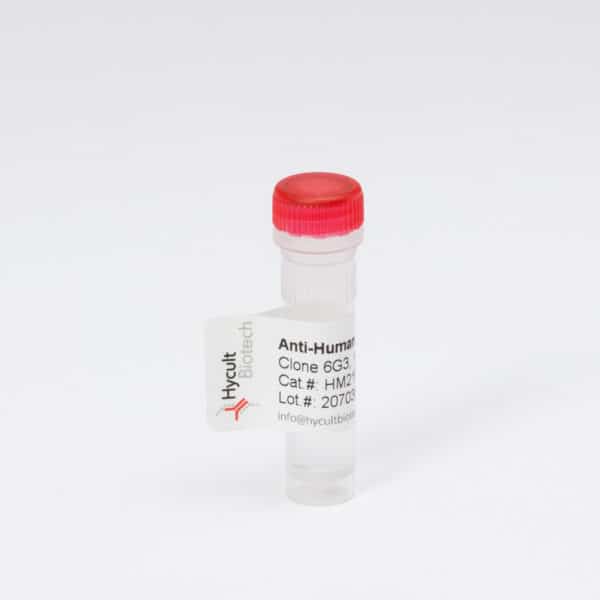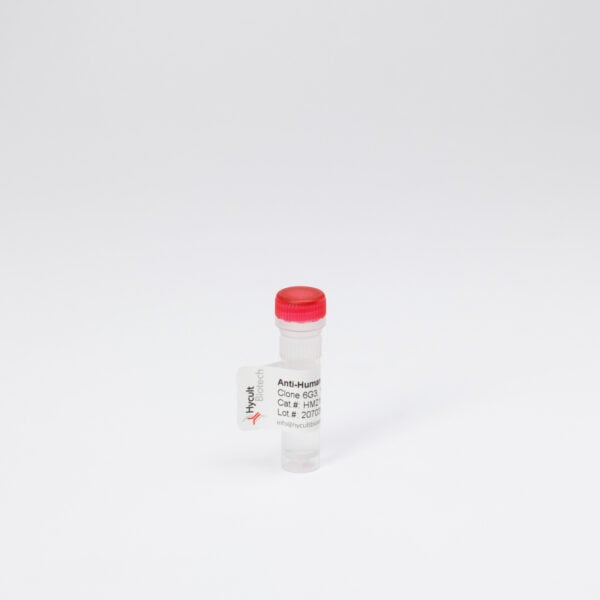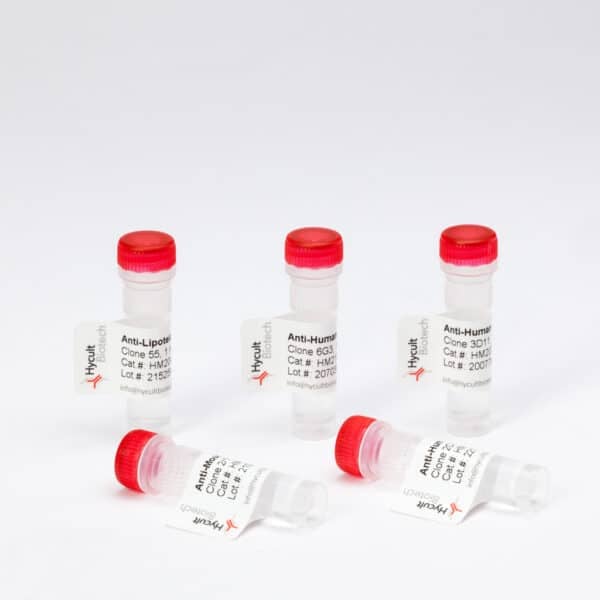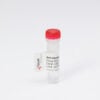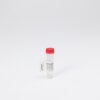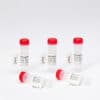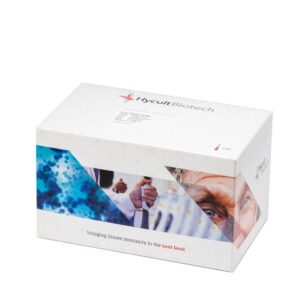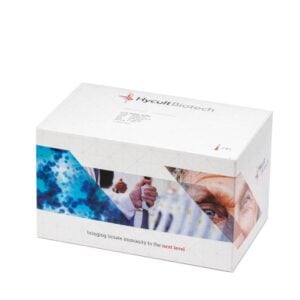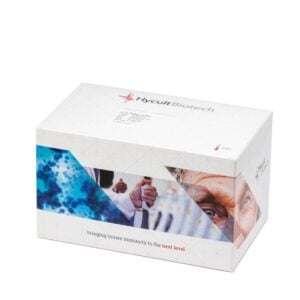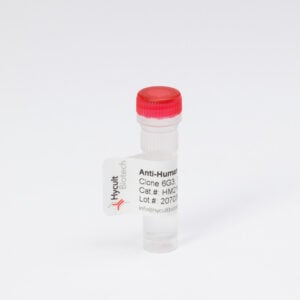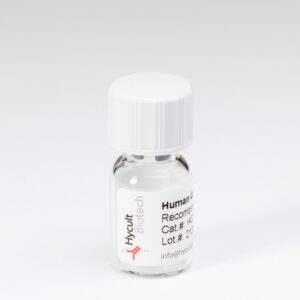Activated C3, Human, mAb bH6
The monoclonal antibody bH6 specifically recognizes a neo-epitope expressed on the cleavage fragments of activated C3 – particularly C3b, iC3b, and C3c. These neo-epitopes, which emerge following complement activation, are absent in the native components of the complement system. This specificity makes bH6 an essential tool for understanding the dynamics of C3 activation and its role in immune responses.
Read more€133.00 – €510.00
Insights from the Monoclonal Antibody bH6
The complement system, a crucial component of innate immunity, relies significantly on the third complement component, C3. The activation of C3, central to the classical, alternative, and lectin pathways, plays a pivotal role in immune defense mechanisms. In this context, activated C3 becomes a focus of study, particularly its interaction with monoclonal antibodies like bH6.
The Abundance and Regulation of C3
C3 stands out as the most abundant protein in the complement system, with serum protein levels around 1.3 mg/ml. Its synthesis is tissue-specific and responds to various stimulatory agents, underlining the regulated nature of activated C3 in immune responses.
C3 Cleavage and the Specificity of bH6
The proteolysis of C3, resulting in its cleavage into components like C3a and C3b, is a critical step in its activation. Further cleavage of C3b into iC3b, C3c, C3dg, and C3f highlights the complex nature of this process. Notably, the monoclonal antibody bH6 is specific to the neo-epitope on C3b, iC3b, and C3c, but not on C3dg and C3f, offering a precise tool for studying activated C3.
Conclusion
Through its various forms and interactions, C3 remains a key area of research in understanding innate immunity. The use of monoclonal antibodies like bH6 to detect neo-epitopes on activated C3 fragments enhances our ability to quantify and understand the complement activation process, paving the way for better therapeutic strategies in immune-related disorders.
Not sure which C3 to use?
With numerous options available, it is essential to select the right antibody to ensure the success of your research. We designed a guide to assist you in making an informed decision:
Go to our C3 researcher’s guide and choose the right antibody
You may also like…
-
C3c, Human, ELISA kit
Cross reactivityCynomolgus monkey – Yes, Mouse – No, Pig – No, Rabbit – No, Rat – NoView product €825.00 – €1,359.00 -
View product €756.00 – €1,223.00
-
C3d, Human, ELISA kit
Cross reactivityCynomolgus monkey – Yes, Horse – No, Mouse – No, Pig – No, Rat – NoView product €894.00 – €1,443.00
You may be interested in…
-
View product €133.00 – €1,245.00
-
View product €133.00 – €414.00
-
View product €133.00 – €320.00
-
View product €593.00
